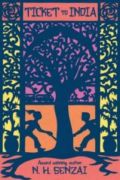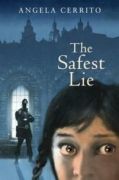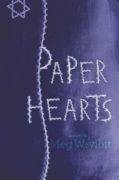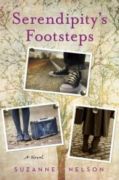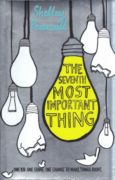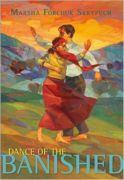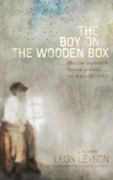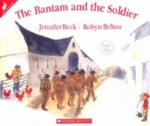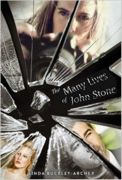
Stella Park (Spark for short) has found summer work cataloging historical archives in John Stone’s remote and beautiful house in Suffolk, England. She wasn’t quite sure what to expect, and her uncertainty about living at Stowney House only increases upon arriving: what kind of people live in the twenty-first century without using electricity, telephones, or even a washing machine? Additionally, the notebooks she’s organizing span centuries—they begin in the court of Louis XIV in Versailles—but are written in the same hand. Something strange is going on for sure, and Spark’s questions are piling up.


